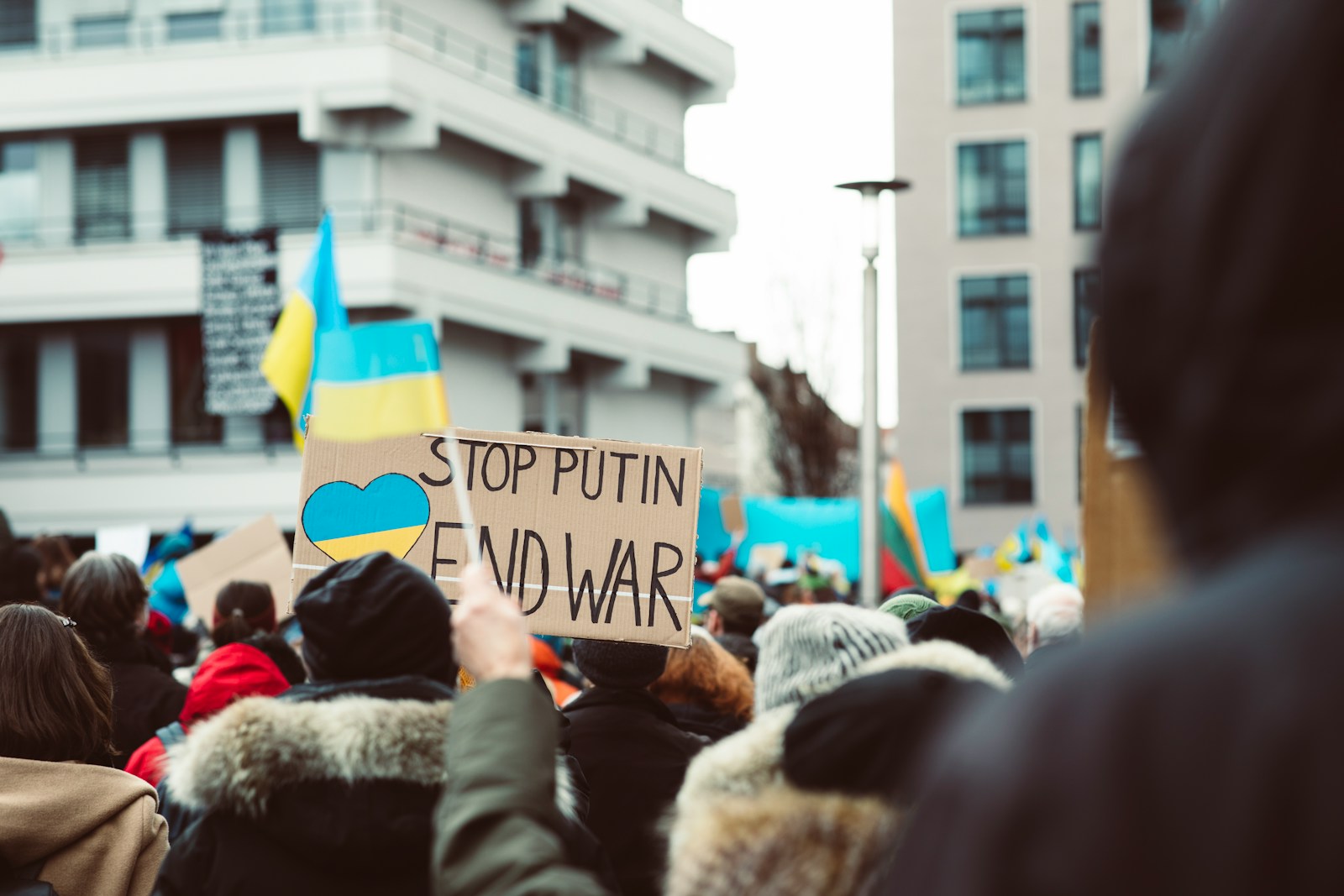Key Takeaways:
– Russian forces continue counterattacks throughout the Ukrainian frontier in the Kursk region.
– Additional troops may be deployed to maintain long-term counteroffensive operations.
– The Institute for the Study of War (ISW) notes the lack of experienced combat units amongst Russia’s current forces in the Kursk region.
– Russian military might rely on ‘elite’ units for substantial counteroffensive actions.
– The need for a stronger force in the Kursk region could lead to the redeployment of offensive troops from other regions in Ukraine.
Russia’s Counter-Offensive Actions in Kursk
As Russian troops persist in their counterattack efforts against Ukrainian forces in the Kursk region, they may need to deploy additional units to sustain a long-term counteroffensive operation, according to a report by the Institute for the Study of War (ISW). Despite continuous counterattacks, ISW noted a lack of large-scale hostilities that would signify a large-scale coordinated counteroffensive operation directed towards completely expelling Ukrainian forces from the Kursk region.
Prevailing Military Confrontations
Ukrainian President Volodymyr Zelensky affirmed the initiation of Russian counteroffensive operations in the Kursk region. Pentagon spokesperson Major General Patrick Ryder revealed that the United States witnessed efforts by Russian units aiming to launch ‘some kind of counteroffensive’ operation, which he described as ‘minor.’
Shifting Military Power Balance
President Zelensky stated that Russia has amassed around 40,000 troops in the Kursk region, and its military command intends to deploy about 60-70,000 people in total. This significantly exceeds the estimated 50,000 troops that the U.S. officials predicted Russia would need to push Ukrainians out of the Kursk region.
Inadequate Military Readiness
The Russian government has heavily relied on conscripts and small fractions of regular and irregular troops, who are poorly trained and equipped, to counter the Ukrainian operation in the Kursk region. The ISW believes it’s unlikely that experienced combat units make up the majority of the Russian assembly in the Kursk region.
The Need for Additional Manpower
The Institute for the Study of War warns that a full-blown counteroffensive to regain territory in the Kursk region would likely necessitate more manpower and equipment than Russia has currently assembled in the region. Particularly if most of the units involved lack combat experience.
Role of Elite Units
Russian troops recently deployed to the Kursk region might have to pick up the slack as they are currently responsible for counterattacks in the region. The Russian military command may resort to deploying units with a higher combat-readiness level or considered elite for significant counter-offensive actions.
Potential Redeployment Measures
Considering the requirement for combat-ready units, the report states that “the Russian military will undoubtedly be forced to redeploy units already involved in offensive operations or operational reserves from Ukraine to the Kursk region.” This re-arrangement will ensure that they can conduct a large-scale counteroffensive operation and subsequently guard the border.
Entering the New Phase of Warfare
Meanwhile, the head of the Estonian Defense Forces Intelligence Center, Colonel Ants Kiviselg reported that Russian troops were already making counteroffensive efforts in the Kursk region, albeit without much success. As Russia makes notable troop movements while trying to assert dominance in the region, the next phase of warfare appears imminent, revealing a dynamic, complex, and evolving conflict landscape.

